In the digital world of today, blogging is one of the most effective tools. Whether you are trying to share your expertise, sharing a personal experience, or simply trying to entertain an audience, blogs can help you reach people from all over the world. However, writing a blog post can be a little tricky if you do not know where to start or how to structure it. This is the complete guide to how to write a blog post, from brainstorming to promotion. The guide will be useful to either a beginner or an experienced blogger who needs tips to take their writing to a professional level.
Introduction: The Need to Write a Blog
In the digital age, blogging is one of the best ways to share ideas and connect with a wide audience. People write blogs for various reasons, such as to educate, entertain, or promote their business or passion. Whatever your reason is, blogging can be a great way to express yourself and communicate with others. You can blog on anything you feel interested in, such as travel, food, technology, or even your personal life stories or professional advice. The opportunities are limitless. However, how do you start writing your blog? What are the steps to ensure that your blog is engaging and effective? Let's break it down.
Planning and Strategy for Your Blog
Before you start writing, there is a planning procedure for your blog. It keeps your blog in line, so it does not run off-topic. Little preparation does go a long way.
- Choose a Topic: Ideally, your blog topic should be an area that interests you and that you know something about. Of equal importance, it should be appealing to your target market. If there are those persons, who are interested in a healthy way of living, a blog about fitness or nutrition may interest them. If you are a technology kind of person then you can forward your knowledge about the newest release of a particular gadget or software.
- Define Your Audience: One should also know who the readers are. Identify them as novices, professional practitioners, or casual interested people. In case you are penning down your document for newcomers, then be sure to avoid the usage of complex terminologies whenever possible. If your audience is of a professional level, it is possible to use additional details and even terminology.
- Set a Goal: What is your purpose in writing your blog? Let’s start this one off with: Are you informing, educating, or entertaining your audience? An aim will dictate the attitude and what you are going to write in the blog. Knowledge of your goal assists in keeping the reader interested all through since you know what you intend to achieve.
- Create a Blogging Schedule: If one has to blog effectively, then a consistent approach has to be adopted. Plan on the frequency of posts that you desire to make on your blog say weekly, bi-weekly, or monthly, and adhere to it. Sticking to a routine ensures people continue to check in for content by the agreed timeframe.”
Researching Before Writing
Blogging without doing research is like constructing a house without knowing how it should be built in advance, it cannot work. The truth is that blogging about something you’re familiar with is better when complemented with a bit of research, and this applies to your blog too.
- Gather Information: For instance, he should only use books, any formal article, or any reliable site. Search for content that directly relates to the points you would like to make. What this helps in is ensuring your blog content is factual and thus building trust with your readers.
- Check Your Facts: We all find it possible to make errors including numerical ones, statistical or factual ones. Make sure that all the information to be placed in your blog is accurate before it is posted. Having wrong facts undermines trust and can cost you greatly.
- Understand Different Perspectives: In written discourse, especially on such contended or inflammatory issues, it ought to be always about points of view other than the author’s. Find out what others are saying about the subject to get a more extensive view of the topic.
- Take Notes: While researching for data to use in your home-schooling blog, it is helpful to note points that are germane later on. This will help in organization and likely make writing a more fluid and less stressful operation.
Blog Structure: Proper Formatting
Proper formatting makes your blog appealing to read. It has very long, unbroken paragraphs, which is unbearable for anyone to read; their readers lose interest easily, though. Here is how to format your blog to keep readers:
- Start with a Catchy Title: The title of your blog is the first thing that strikes the reader’s eye, so choose it wisely! It needed to be concise, direct, and give a sense of what the piece will be about. At the same time, make it boring so that people would not read it, but make it catchy to get the people to click it.
- Use Headings and Subheadings: Subdivide your blog content between different headings and subheadings. This makes it easier to read your post and find what the reader is looking for in your post. For instance, it has been seen that if you are writing a blog about ” How-to,” you need to divide your content into steps and use subheadings where each subheading is in a numerical format.
- Use Short Paragraphs: Avoid long blocks of text. Divided into short paragraphs not longer than 2 to 4 sentences, your blog will be rather easy to read. It also provides your readers with an opportunity to understand things more easily.
- Add Bullet Points or Lists: Always, always use bullet points, and if possible, numbered lists for your content. This is especially helpful should the writer be outlining tips, steps, or major ideas. Using lists makes it easier for your readers to skim through your post.
Using Easy and Clear Language
One of the biggest mistakes that many bloggers make is using overly complicated language. Make sure your text is simple enough for readers to understand. Here's how to use straightforward language:
- Write in a Friendly, Conversational Tone: Blogs should sound natural and engaging. Make an effort to write as though you and the reader are conversing. This creates a connection and keeps readers interested.
- Use Active Voice: Using active voice Clear and direct Using the above-mentioned, "The blog was written by me," change that to, "I wrote the blog." Much easier for a reader to understand.
Creating Engaging Content
The quality of your content is what keeps readers coming back for more. Here are some pointers for producing audience-engaging content:
- Tell a Story: People love stories, especially if they are relatable. Whether you're sharing personal experiences or explaining a complex concept, weaving a story into your content can make it more engaging. For instance, when discussing a problem, you can tell a personal story about how you overcame it.
- Ask Questions: Asking questions allows your readers to think and participate in your content. You may also ask them to leave their thoughts or experiences in the comments section. Engagement with readers will make them stay longer on your blog.
- Use Examples: Concrete examples clarify the points and make your writing more relatable. While explaining any concept, use examples your readers can relate to.
SEO Basics
SEO is a very essential aspect of getting traffic on your blog. SEO uses techniques that help bring your blog into the results of a search engine. Thus, readers can find it easier to reach your content. Here are a few of the simplest SEO pointers:
- Use Keywords: People utilize keywords as phrases to locate information. Simply insert keywords organically to your blog title, subheadings, and across the text. But then do not keyword stuff by overstuffing the word in your blog-avoid spamming.
- Write Meta Descriptions: Your blog's meta description is a synopsis that shows up in search engine results. They should be short, enticing, and contain your principal keyword. Your blog's content will be better understood by search engines thanks to meta descriptions.
- Use Alt Text with Images: Use descriptive text when uploading images to a blog; it helps give the search engines an idea about what an image is for and will also help with your SEO.
- include Internal and External Links: To improve search engine optimization, include internal links to other pages on your website and external links to other websites. Including links to reliable sites helps you gain your readers' trust.
Also Read: Blog Post SEO Checklist!
Proofreading and Editing
After writing the blog, revise and edit it. While proofreading helps ensure your blog does not contain any grammatical and spelling errors, editing provides clarity and readability to the blog.
- Check for Grammar and Spelling Errors: The presence of mistakes can give your blog an unprofessional look. Use tools like Grammarly to catch grammar and spelling errors before you publish.
- Check Sentence Structure: Read your blog aloud to find awkward sentences or phrases that don't flow. Ensure your ideas flow clearly and logically.
- Remove Redundancies: eliminate repetitive phrases and words or sentences that don't actually bring anything new. If the language is concise then reading the content is simple.
- Get feedback: Before publishing, ask someone else to read your blog. They may point out errors or make suggestions for enhancements that you overlooked.
Publishing and Promoting Your Blog
It's time to post your blog once it's complete and ready. However, that is only the first step; you must now advertise your blog to get readers.
- Posting Should be on a Reputed Site: Select a platform suited for blogging. Blogger, Medium, and WordPress are a few well-known platforms. These make it extremely easy to format, write, publish, and disseminate your blog.
- Publish on Social Media: After posting, post your blog on all of your social media channels. These include Facebook, Twitter, LinkedIn, and Instagram. Social media is an awesome way to expand your readership.
- Engage Your Readers: Answer comments left on your blog and your social media sites. This is one of the things that build community around a blog.
- Use email newsletters: To keep your subscribers informed of your most recent posts, send them links to your blog. This is a fantastic method to boost blog visitors.
Conclusion
Writing a blog will be a fulfilling experience. From planning through to promoting, you should be able to produce well-written blogs that will hook your audience. Remember, the core of successful blogging is consistent creativity and engagement. By giving it time and practice, your writing skills will improve, and you can gain a loyal readership, so start planning your blog today and share your unique voice with the world! For more information and any questions or doubts contact us –at AHIT (All Hind Info Tech).





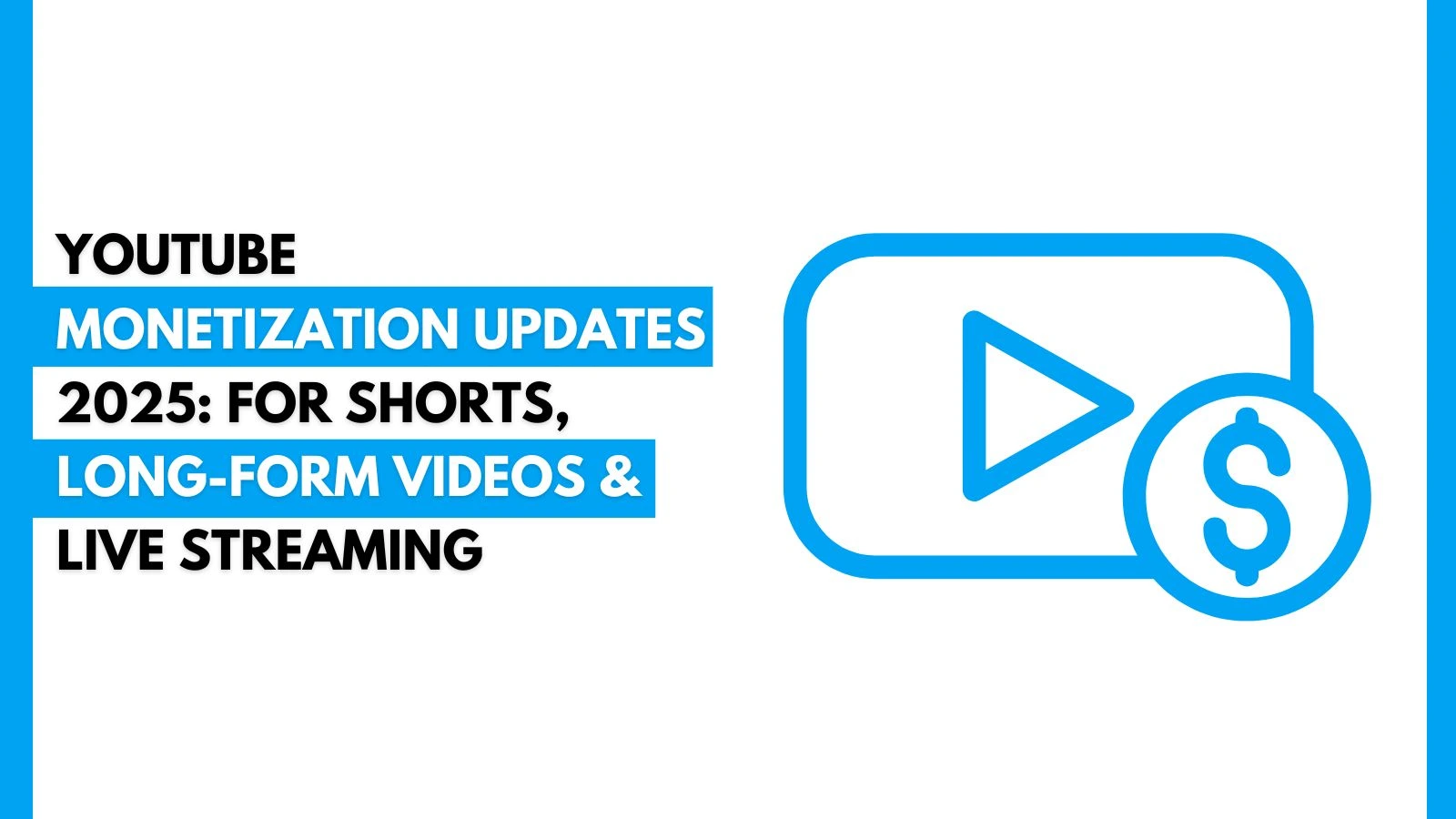

.webp)
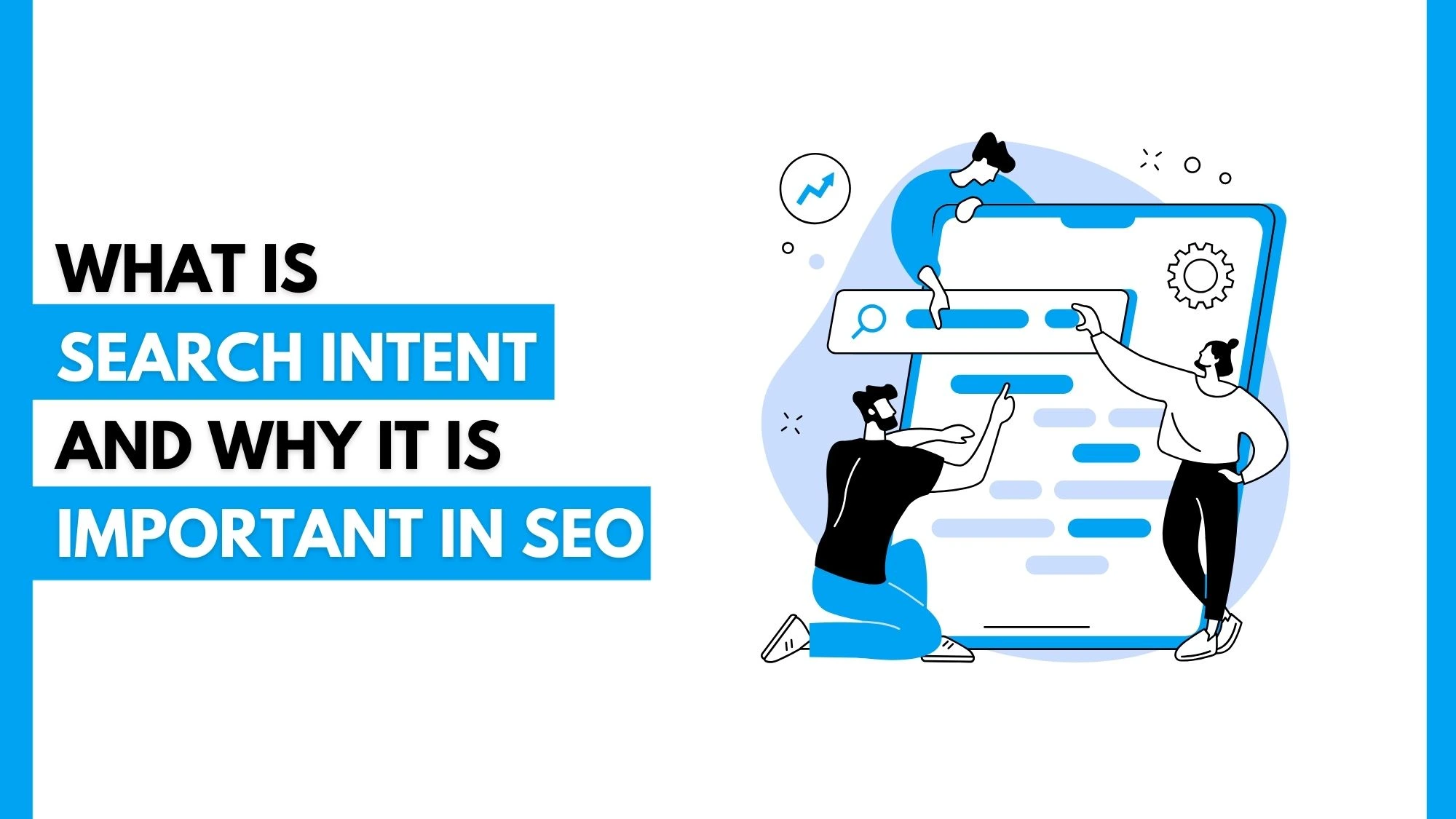



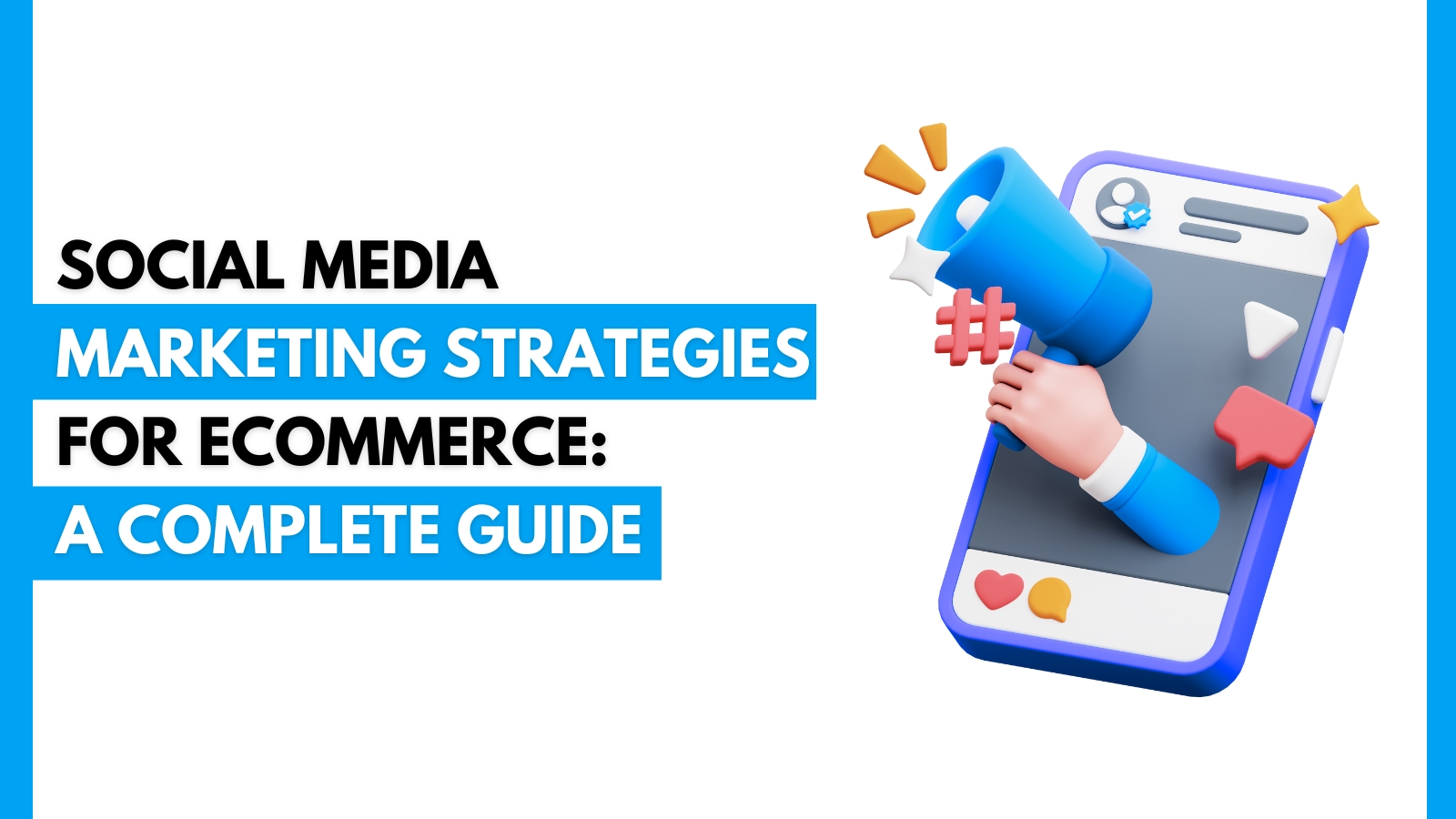

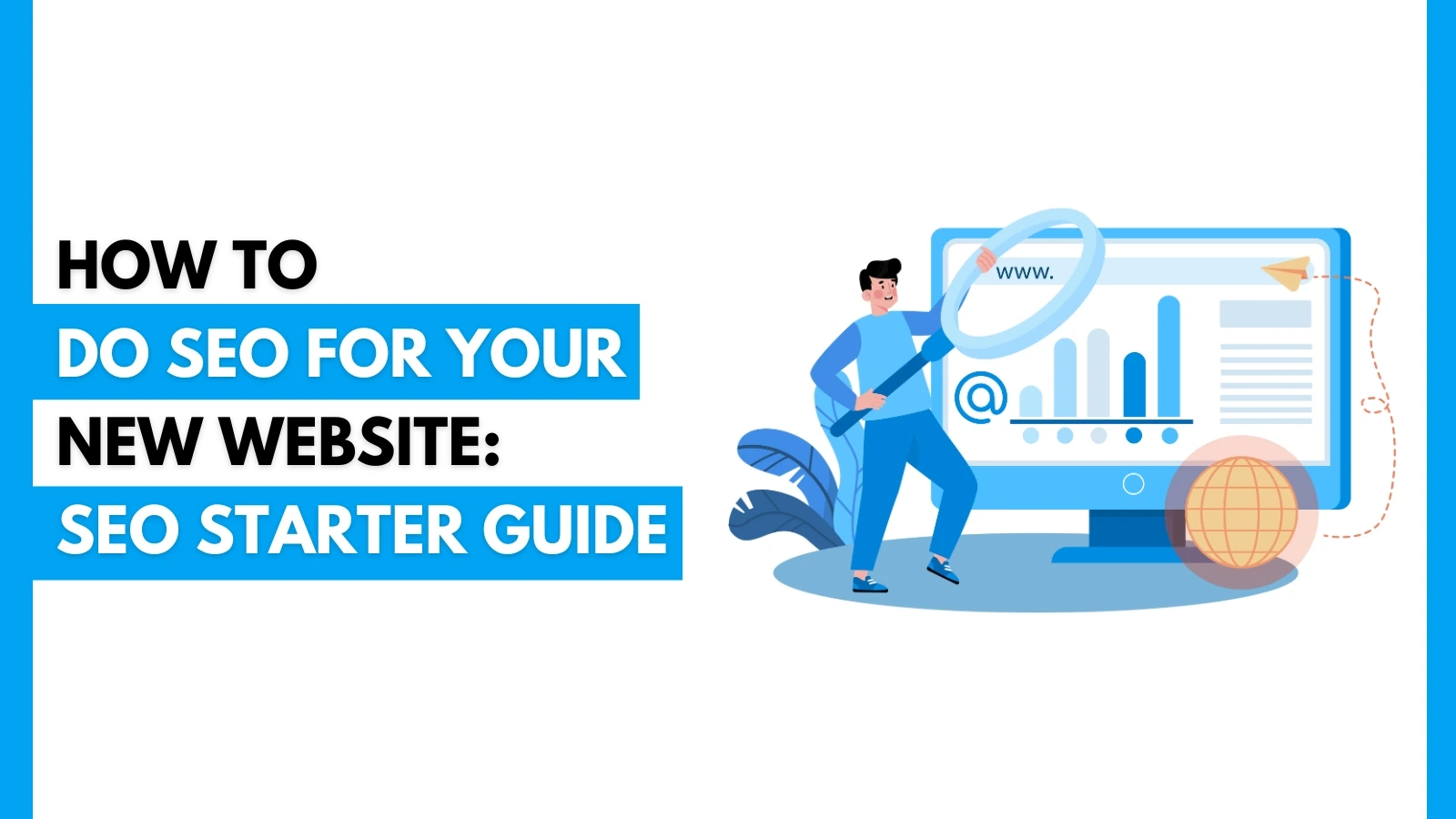
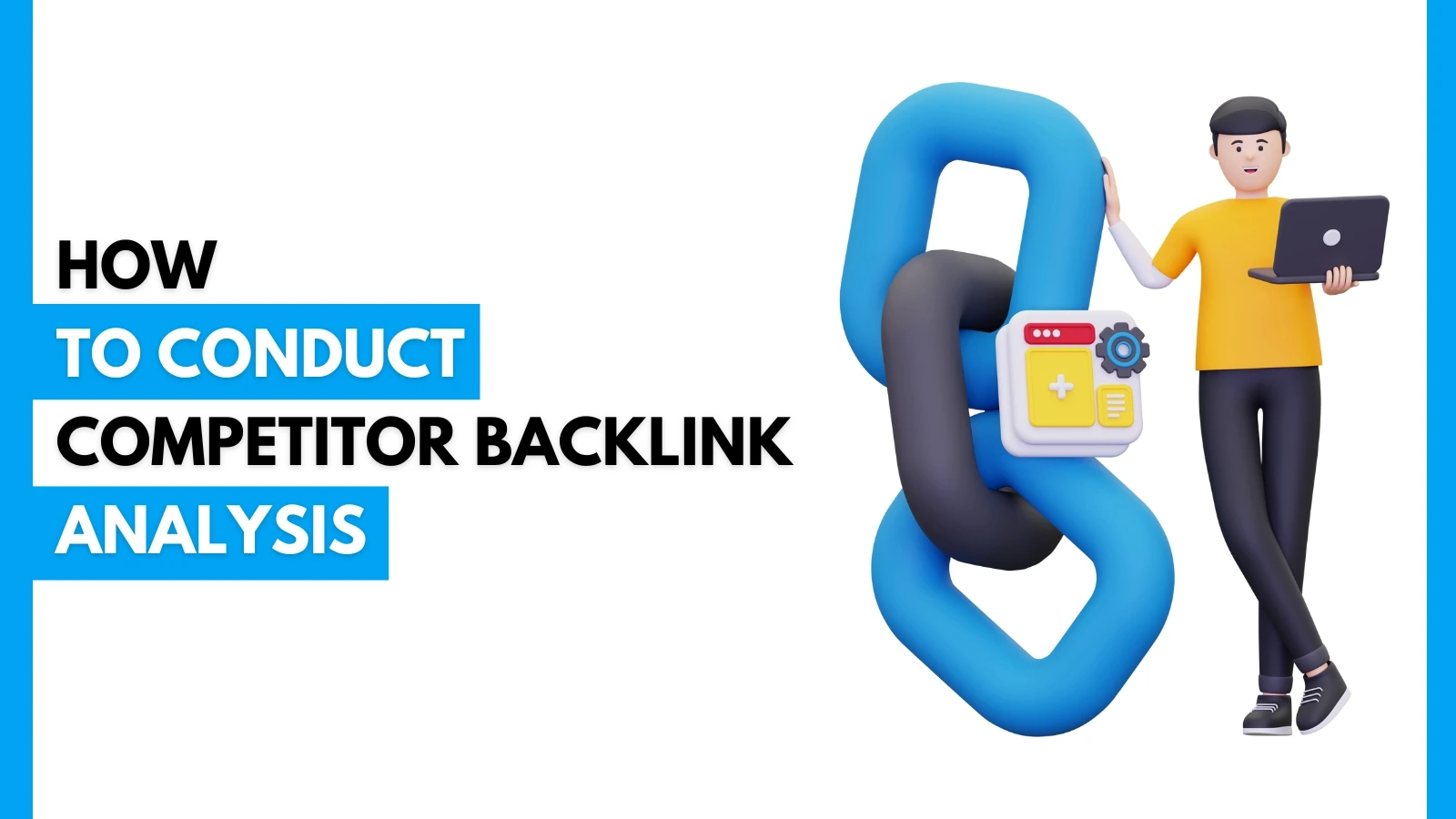



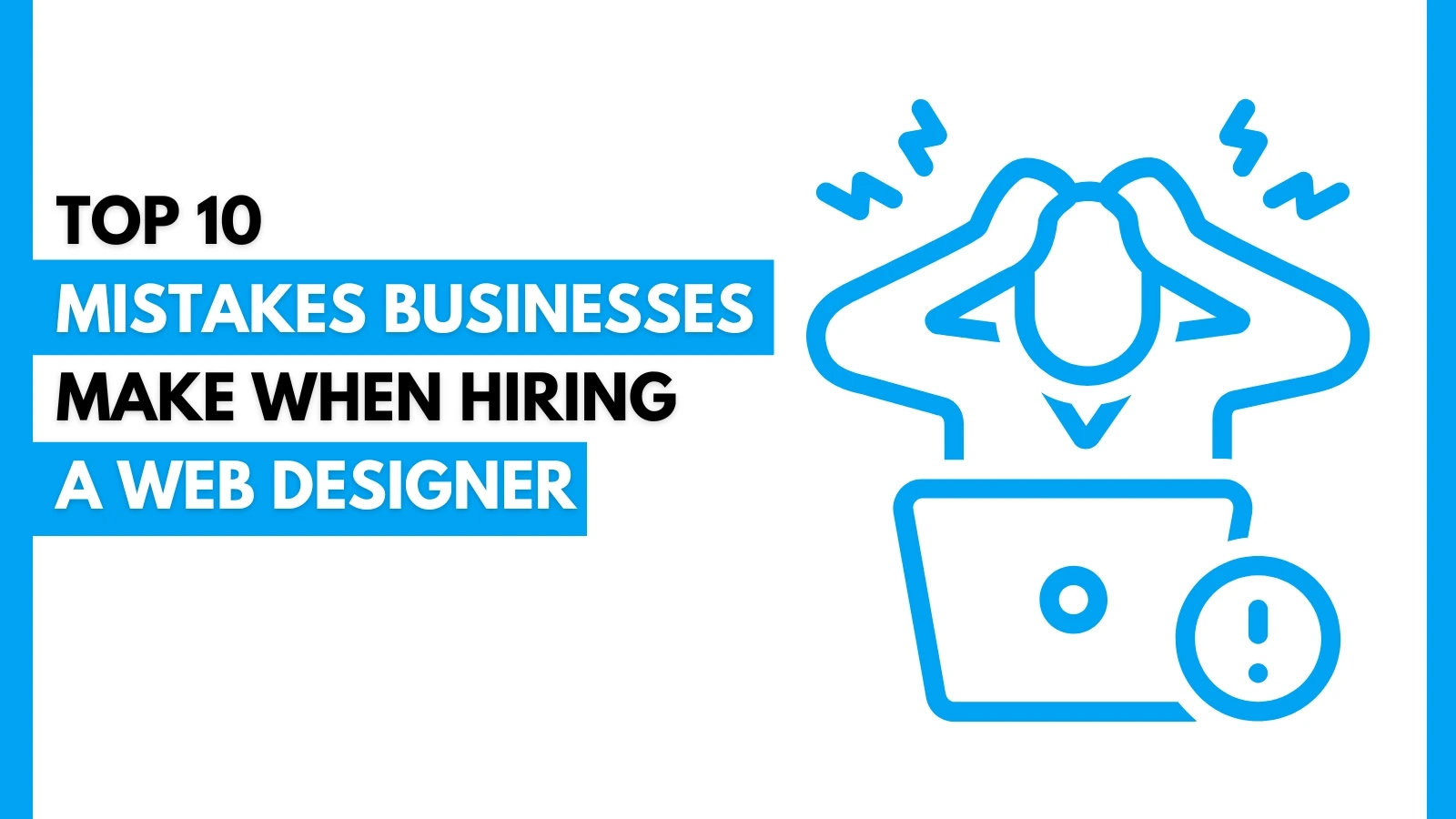

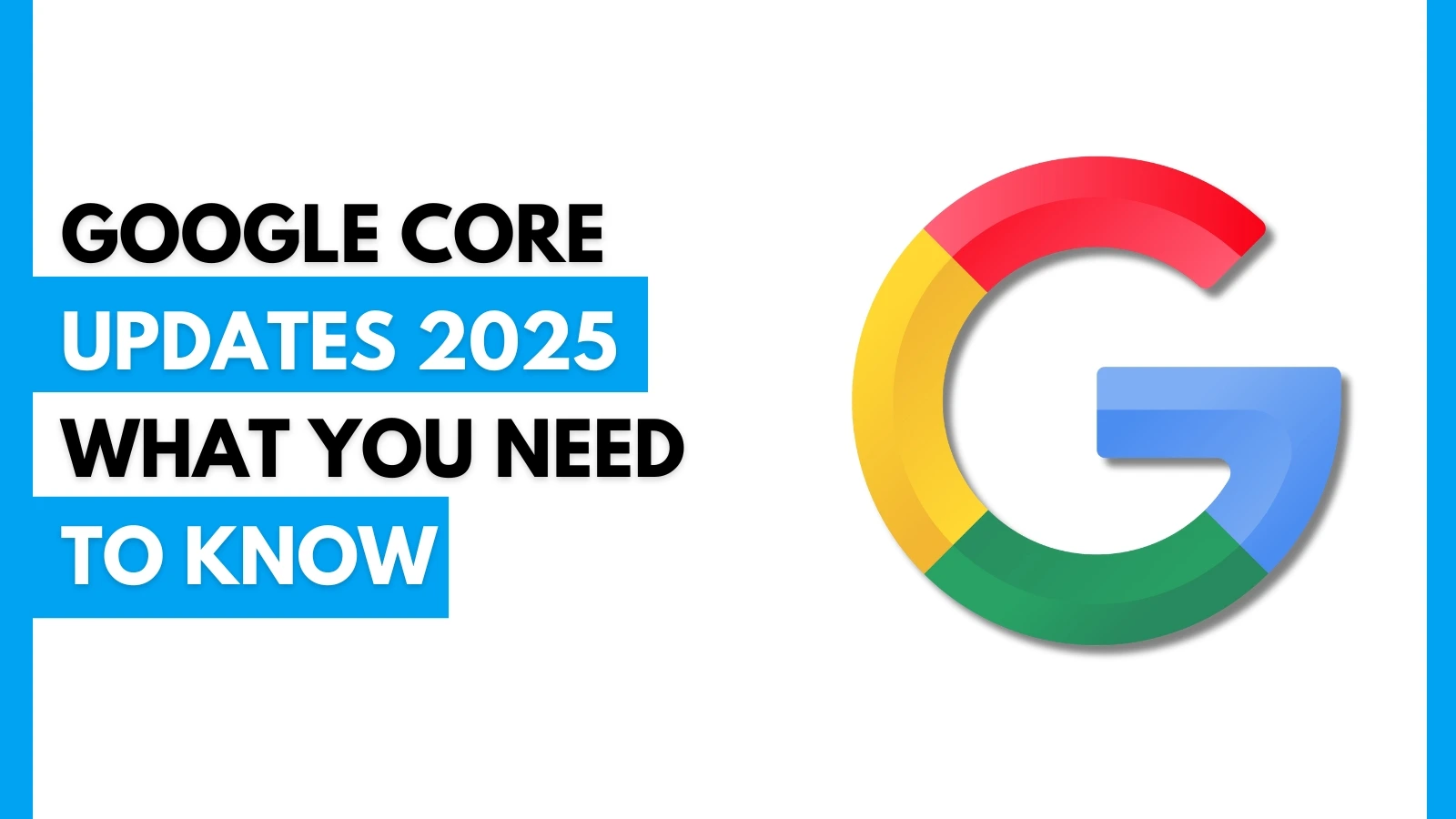





.webp)






















 A Complete Guide.webp)










































.jpg)










 Efficiently.jpg)
.jpg)
























.jpg)
.jpg)
























.jpg)


















.jpg)
.jpg)




























.webp)





.jpg)


















 Campaign.jpg)




.jpg)

.jpg)

.png)



.jpg)



.jpg)
.jpg)
.jpg)



.jpg)








.png)
.jpg)




.jpg)

.jpg)
.jpg)


.jpg)


.jpg)



.jpg)





















.jpg)














.png)





















.jpg)






.png)

.png)



.png)

.png)
.png)



.png)
.png)
.png)
.png)
.png)

.png)
.png)
.png)
.png)
.png)
.png)
.png)
.png)
.png)
.png)
.png)

.png)
.png)
.png)
.png)
.png)
.png)
.png)
.png)
.png)



.png)
.png)
.png)

.png)
.png)
.png)
.png)
.png)
.png)
.png)
.png)
.png)
.png)
.png)
.png)
.png)
.png)
.png)
.png)
.png)
.png)
.png)
.png)
.png)
.png)
.png)
.png)
.png)
.png)
.png)
.png)
.png)
.png)
.png)


.png)
.png)

.png)
.png)
.png)
.png)
.png)
.png)
.png)
.png)
.png)
.png)
.png)
.png)
.png)
.png)
.png)
.png)
.png)
.png)
.png)
.png)

.png)
.png)
.png)

.png)
.png)
.png)
 (1).png)
.png)
.png)
.png)
.png)
.png)
.png)
.png)
.png)

.png)

.png)
.png)
.png)
.png)
.png)
.png)
.png)

.png)
.png)
.png)
.png)
.png)
.png)
.png)
.png)
.png)
.png)
.png)
.png)
.png)
.png)
.png)
.png)


.png)
.png)
.png)
.png)
.png)
.png)
.png)

.png)
.png)
.png)
.png)
.png)
.png)
.png)
.png)
.png)

.png)
.png)

.png)
.png)
.png)

.png)
.png)
.png)

.png)
.png)
.png)
.png)
.png)
.png)
.png)
.png)
.png)
.png)
.png)
.png)
.png)
.png)
.png)
.png)
.png)
.png)
.png)